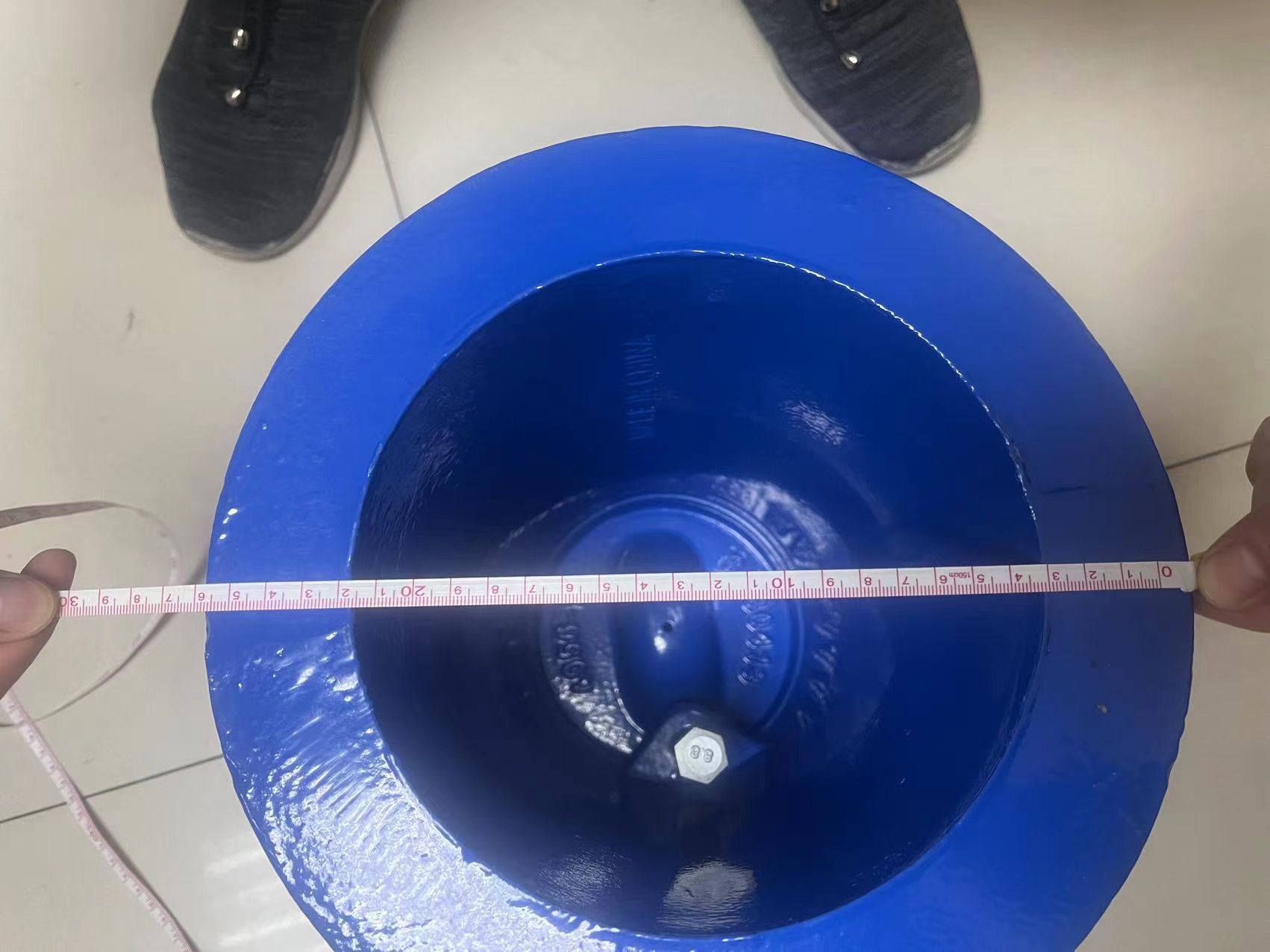big butterfly valve
Understanding the Big Butterfly Valve Functionality and Applications
In the world of fluid control systems, butterfly valves stand out as an essential component. Among these, the big butterfly valve plays a significant role in various industrial applications. Known for its simplistic design yet effective functioning, the big butterfly valve is a crucial device for managing the flow of fluids in pipes, ensuring efficiency and safety.
What is a Butterfly Valve?
A butterfly valve is a type of quarter-turn valve that is used to isolate or regulate the flow of fluids. The valve consists of a disc that pivots to open or close the flow path. When the valve is fully open, the disc is parallel to the flow, allowing for minimal resistance. When closed, the disc stands perpendicular to the flow, providing a reliable seal to prevent the passage of fluids.
The term big butterfly valve generally refers to valves that have a larger diameter, often exceeding six inches. These valves are designed to handle substantial flow rates, making them ideal for various applications in industries such as water treatment, oil and gas, chemical processing, and HVAC systems.
Key Features of Big Butterfly Valves
1. Design and Construction Big butterfly valves typically come in two main designs wafer-style and lug-style. The wafer-style is sandwiched between two flanges, ideal for tight spaces, whereas the lug-style features threaded lugs for bolting to the flanges, enabling easier maintenance without disturbing the pipeline.
2. Material Choices Depending on the application, big butterfly valves are constructed from various materials, including ductile iron, stainless steel, and PVC. The choice of material directly influences the valve's durability, corrosion resistance, and suitability for specific fluids or gases.
3. Actuation Options These valves can be operated manually or automatically. Manual butterfly valves require a handle to turn the disc, while automatic versions are operated using electric, hydraulic, or pneumatic actuators. Automation plays a crucial role in larger industrial systems where remote operation is necessary.
Applications of Big Butterfly Valves
big butterfly valve

Big butterfly valves are commonly used in a range of industries due to their versatility and efficiency
. Some notable applications include- Water and Wastewater Treatment In municipal water supply systems, big butterfly valves regulate the flow of treated water. Similarly, they are essential in wastewater treatment plants to control sludge and effluent flow.
- Oil and Gas In the oil and gas sector, these valves handle the flow of crude oil and natural gas in pipelines. Their robust construction is vital for withstanding high pressures and preventing leaks.
- Chemical Processing Industries that deal with corrosive substances often rely on big butterfly valves for their ability to manage hazardous chemicals safely. Their reliable sealing capabilities are essential in preventing spills and maintaining a safe working environment.
- HVAC Systems In heating, ventilation, and air conditioning systems, big butterfly valves are instrumental in controlling airflow and maintaining desired temperatures in large buildings.
Advantages of Using Big Butterfly Valves
One of the primary advantages of using big butterfly valves is their ability to provide a quick and efficient response to flow changes. The quarter-turn operation allows for rapid opening and closing, making them suitable for applications where timing is critical. Additionally, they generally have a lower pressure drop compared to other valve types, contributing to overall system efficiency.
Another benefit is their compact design, which requires less space than gate valves or ball valves. This characteristic is particularly advantageous in existing installations where space is limited. Furthermore, big butterfly valves are generally cost-effective, combining affordability with performance, making them a preferred choice for many engineers.
Conclusion
In summary, the big butterfly valve is a pivotal element in many fluid control systems across various industries. Its design, adaptability, and efficiency make it an indispensable tool for managing fluid flow. Whether it’s for regulating water supply, controlling chemical processes, or optimizing HVAC operations, understanding the functionality and benefits of big butterfly valves is essential for any engineer or industry professional involved in fluid management. As industries continue to evolve, the role of these valves will remain critical, adapting to new challenges and technological advancements.
-
The Smarter Choice for Pedestrian AreasNewsJun.30,2025
-
The Gold Standard in Round Drain CoversNewsJun.30,2025
-
The Gold Standard in Manhole Cover SystemsNewsJun.30,2025
-
Superior Drainage Solutions with Premium Gully GratesNewsJun.30,2025
-
Superior Drainage Solutions for Global InfrastructureNewsJun.30,2025
-
Square Manhole Solutions for Modern InfrastructureNewsJun.30,2025
-
Premium Manhole Covers for Modern InfrastructureNewsJun.30,2025
